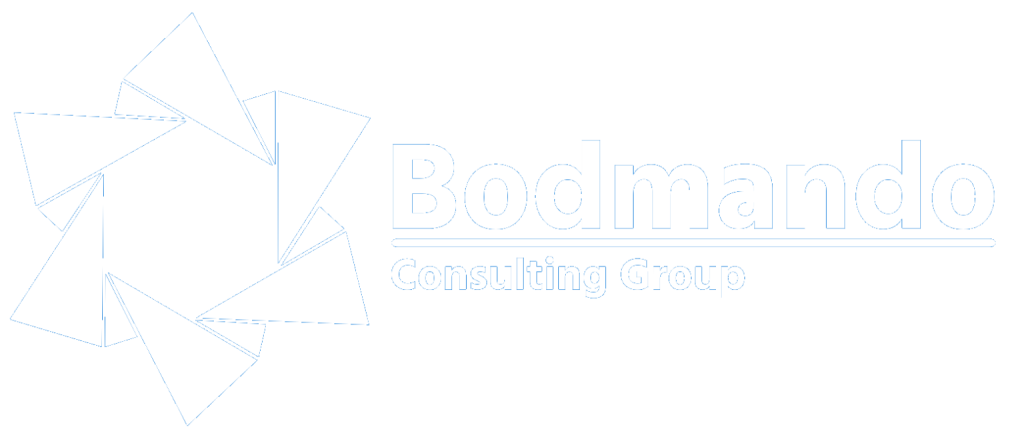Livelihoods
Technical Areas
Livelihoods
Livelihoods encompass the capabilities, assets, income, and activities required for individuals and communities to secure the necessities of life. Strong, diversified livelihoods are fundamental to economic stability, resilience against shocks, and long-term well-being. At Bodmando, we support livelihoods programmes that empower people to build sustainable incomes and thrive in changing environments.
Technical Areas
Global and Regional Context of Livelihoods
- Globally, over 1.3 billion people live in multidimensional poverty, lacking access to sufficient assets and income opportunities to secure basic needs. Economic shocks such as pandemics, climate-related disasters, and market volatility disproportionately affect households with limited livelihood options.
- Africa: A majority of rural households depend on small-scale farming, casual labor, and informal trade. Recurrent droughts and market access barriers constrain income diversification.
- South Asia: High population density and land fragmentation limit agricultural productivity, driving many into seasonal migration and informal sector work.
- Latin America & Caribbean: Urban informal employment provides livelihoods for millions, yet lacks social protection, leaving workers vulnerable to economic downturns.
- MENA & Conflict Zones: Displacement and prolonged conflict disrupt traditional livelihoods, forcing communities to rely on humanitarian aid and precarious income sources.
Technical Areas
Challenges & Opportunities
Livelihoods programmes face challenges including limited access to credit, training, and markets; gender and youth exclusion; and vulnerability to external shocks. Weak data and monitoring hinder adaptive management. However, opportunities exist in digital financial services that expand access to credit, climate-resilient agribusiness models, social enterprise development, and multisector partnerships that link communities to value chains. Community-driven approaches and participatory market mapping can unlock local innovation and ownership.
Sustainable Development Goals and Livelihoods
Livelihoods underpin SDG 1 (No Poverty) and SDG 8 (Decent Work and Economic Growth) by promoting full employment, productive self-employment, and resilient economic opportunities. Progress in livelihoods also advances SDG 2 (Zero Hunger) and SDG 5 (Gender Equality) when programmes prioritize food security and women’s economic empowerment.
Department for International Development (DFID)
A sustainable livelihood is one that can cope with and recover from stresses and shocks, maintain or enhance its capabilities and assets, and provide sustainable livelihood opportunities for the next generation.
Technical Areas
Recommendations
- Develop inclusive financial instruments (microfinance, savings groups) to broaden access to capital.
- Invest in vocational and entrepreneurship training tailored to local market demands.
- Strengthen market linkages through cooperatives, aggregation centres, and digital platforms.
- Integrate climate-smart practices and risk-management tools into livelihoods interventions.
- Promote gender-transformative approaches to ensure women’s equal participation and benefit.
- Establish robust monitoring and feedback mechanisms to adapt programmes in real time.
Technical Areas
Bodmando’s Expertise in Livelihoods
- We conduct thorough assessments of livelihoods initiatives to evaluate relevance, efficiency, and sustainability.
- Our teams measure socio-economic outcomes such as income growth and resilience using mixed-methods evaluations.
- We deliver tailored training on business planning, financial literacy, and value-chain development to diversify income streams.
Technical Areas
References
- Department for International Development (DFID). (1999). Sustainable Livelihoods Guidance Sheets. https://www.ennonline.net/pool/files/20100309ands.pdf
- United Nations Development Programme (UNDP). (2017). Human Development Report 2016: Human Development for Everyone. http://hdr.undp.org
- International Labour Organization. (2021). World Employment and Social Outlook 2021: The Role of Digital Labour Platforms.
- World Bank. (2020). Poverty and Shared Prosperity 2020: Reversals of Fortune. https://www.worldbank.org
- Food and Agriculture Organization (FAO). (2022). The State of Food and Agriculture 2022: Leveraging Livelihoods for Rural Development. https://www.fao.org/publications

